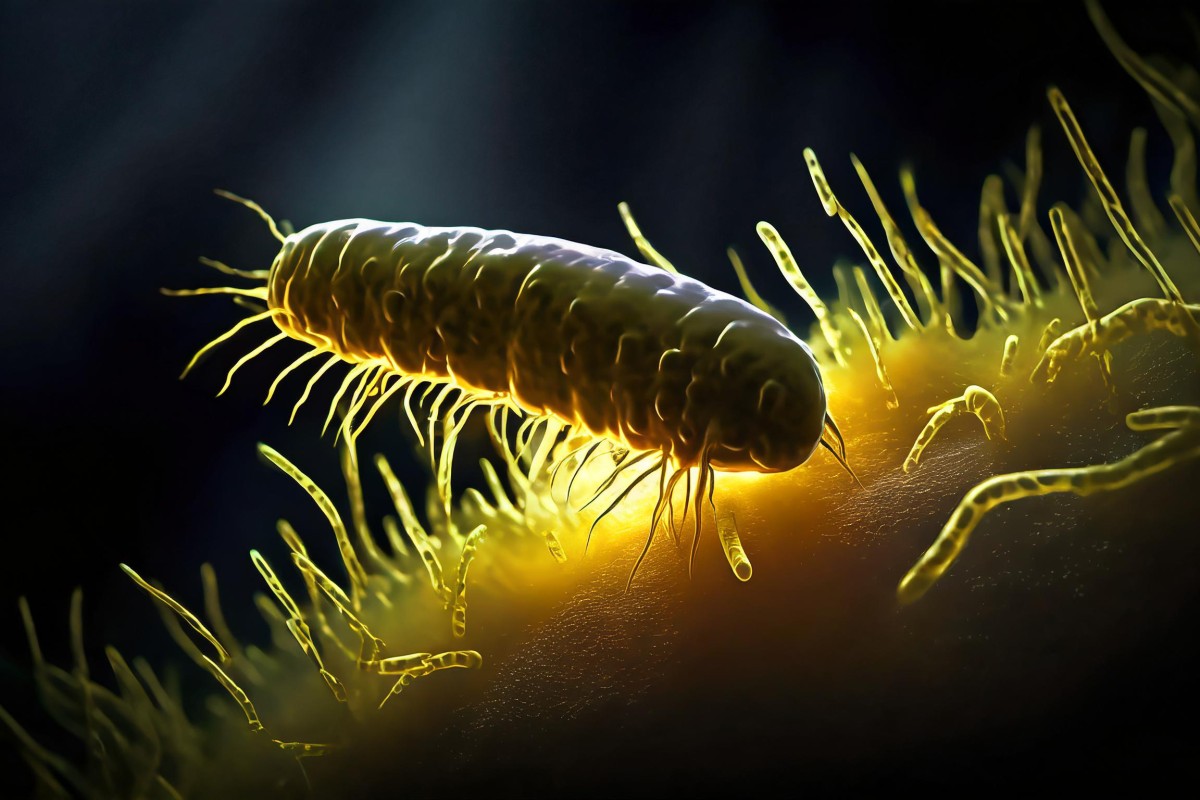What is Salmonella? 10 Things You Need to Know

Infections caused by Salmonella are one of the most common causes of food poisoning, affecting tens of millions of people around the world each year. Improved measures and safety protocols in poultry and egg production have resulted in a steep drop in cases over the last 15 years, yet around 2,500 cases a year still require hospital treatment.
Read on for 10 facts about Salmonella from Addmaster:
- Salmonella, which is rod-shaped, is usually found in the digestive tracts of livestock and can commonly affect meat, poultry, eggs, and unpasteurized dairy products.
- Water supplies and soil can also be contaminated through sewage or manure, affecting shellfish and produce such as fruit and vegetables.
- Eating contaminated food is not the only way of contracting a Salmonella infection; cases have been traced back to reptiles such as tortoises and terrapins.
- Common symptoms of Salmonella include diarrhea, stomach cramps, vomiting, and fever. These symptoms can last up to a week and usually start around 12-72 hours after ingesting the bacteria.
- Patients may still be contagious up to 48 hours after symptoms have stopped and are advised to avoid returning to work, school, or visiting hospitals until they are fully recovered.
- Medical treatment is not always necessary; keeping hydrated, resting well, and reintroducing plain food once your stomach has settled are often sufficient.
- Severe cases of Salmonella may require a course of antibiotics. However, antibiotic-resistant strains of Salmonella have emerged in recent years.
- Practicing good hand hygiene is the best way to avoid a Salmonella infection. Hands should be thoroughly washed with soap and water after going to the toilet, before and after handling food, before eating, and after gardening.
- Washing fruit and vegetables thoroughly before consuming, storing raw and cooked foods separately, and ensuring food is cooked thoroughly can also help reduce the risk of contracting a Salmonella infection.
- Food should be cooked until it is piping hot in the center, particularly poultry. Surfaces and utensils used for preparing food should be thoroughly cleaned and disinfected to avoid any bacterial contamination.




